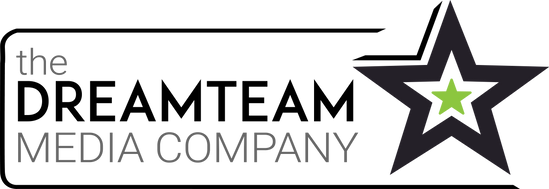Digital Marketing can be complicated for the practitioner, however, it should be easily digestible to the decision-makers in an organization. We’ve compiled a list of the most common digital marketing jargon that is either misunderstood or not fully vetted by managers or small business owners. This list will explain some standard terms to equip you to propel your marketing efforts efficiently and alert you to some terms you need to question when they get thrown out without further explanation.
- Tags: A tag refers to HTML code placed on a site to gather data. Tags are important for two reasons. First, they gather information about your website and how users interact with your site. This information is most valuable for marketing and sales efforts. Every vendor wants this information. However, each line of code on your site means more time for your site to load when a user arrives. A slow site can make your website fall behind organic search engine searches. Be aware of vendors contacting your website provider to add tags for analyzing their results. Not all website providers consult owners or remove tags when the vendor is no longer used. You can junk up your site pretty quickly with many useless tags. The moral of the story: stay on top of your tags. You should own your Google Tag Manager, add users, and remove them when it’s time. Read more about Google Tag Manager here. https://support.google.com/tagmanager/answer/6102821?hl=en
- Conversion Rate: This is an essential concept when measuring the success of your marketing and sales efforts. This term often gets used without defining the numerator and the denominator in the ratio it intends to describe. Conversion rate is a ratio, a fraction. The numerator is the desired action. It can be anything from sales to clicks, pageviews, and leads! The denominator is the pool of activity that you hope to generate the desired action. It could be website traffic, leads, clicks, impressions, and page views. It answers the question. How many impressions do I need to make someone click? Or how many leads do I need to make a sale? How many website visitors do I need to generate a sale? These rates mean nothing but can help you build a picture of your marketing. If anyone uses the term without defining the numerator and denominator: ASK!
- Facebook Business Manager: Not to be confused with the Facebook Business Suite. Consider Facebook a pretty face with a disorganized structure held up by duct tape. No offense to Meta, but it needs some work. Facebook Business Manager and Meta Business Suite are not the same. So why do you care? Business Manager gives you the most granular control and capabilities over your social media accounts. The Business Suite is fine for solopreneurs. If outside vendors run social media ads or manage your social accounts, you need to have a Business Manager. You can set one up here: https://business.facebook.com/overview. The Meta Suite may replace the Business Manager at some point. But for now, if you want all the power over your social media, get yourself a Business Manager.
- Banner Ads: These are the cheapest and most commonly sold ads in digital marketing. They are the least effective for small businesses that want to focus on lower-funnel leads over brand awareness. Banner ads are the vertical or horizontally-oriented graphics that annoy you when you try to read a blog or visit a website and scroll past while you search for what you want. They are effective under certain circumstances and depending on your objectives, and budget. If you need mass recognition and brand recall, then by all means, get your banners going! If not, and most businesses don’t, choose wisely on your banner ad placements. You can partner directly with websites to buy banner ad placements rather than bidding on the Google Ad network for banner ad space. For example, contact a blogger that generates consistent content related to your product or service. Reach out to secure ad space or even a featured article on the blogger’s website.
- Algorithm: Maybe you hear this a lot, or maybe not enough. Google, Facebook, TikTok, Bing, and basically every search and social platform, they all have algorithms plus a need to generate income. An algorithm is the logical system of code that automatically satisfies the objective of the platform, to put it simply. Google’s objective is to connect the searcher with what they seek. Facebook’s objective is to promote social interactions. Nowhere in the objective of the platforms run by algorithms is to prioritize the advertiser’s above the user-desired content. The goal is to give the user what they want. Similarly to print publications, the ad space goes to the highest bidder that matches the platform’s target audience. You can work with the platforms that dominate the digital experience in two ways. You can bid in advertising space, or you can optimize your content to work with the algorithm. Note: This does not mean circumventing policies on the platform. If you want to push your product, advertise. If you want to pull people to you, generate content that optimizes the platforms’ algorithm. (i.e. create content people want.)

